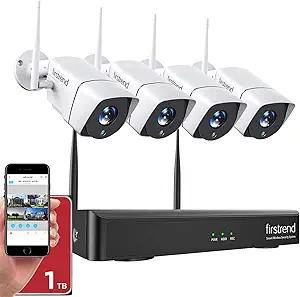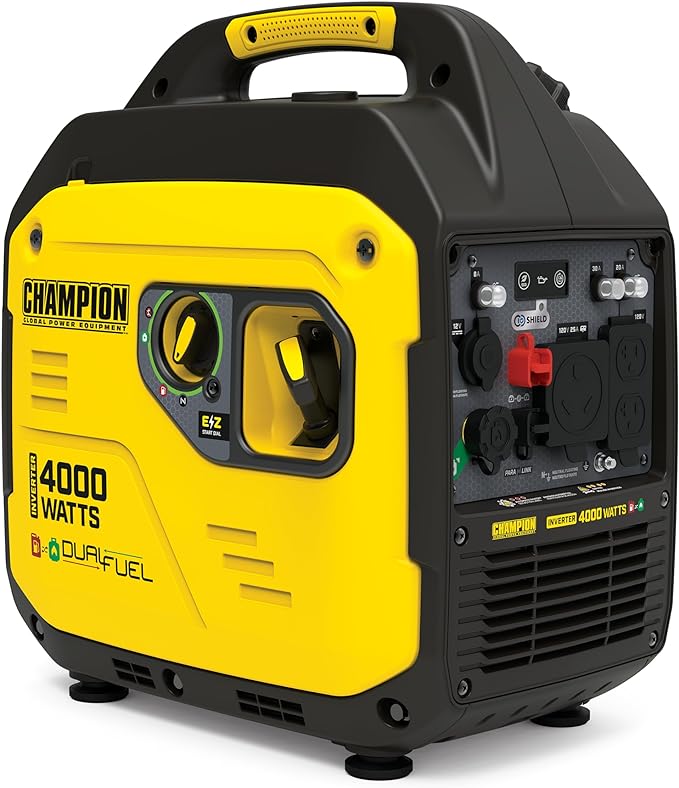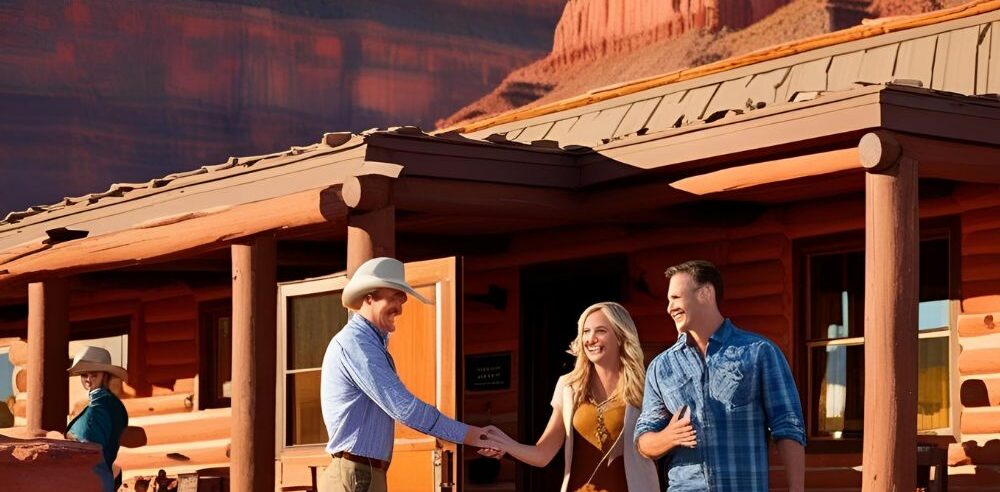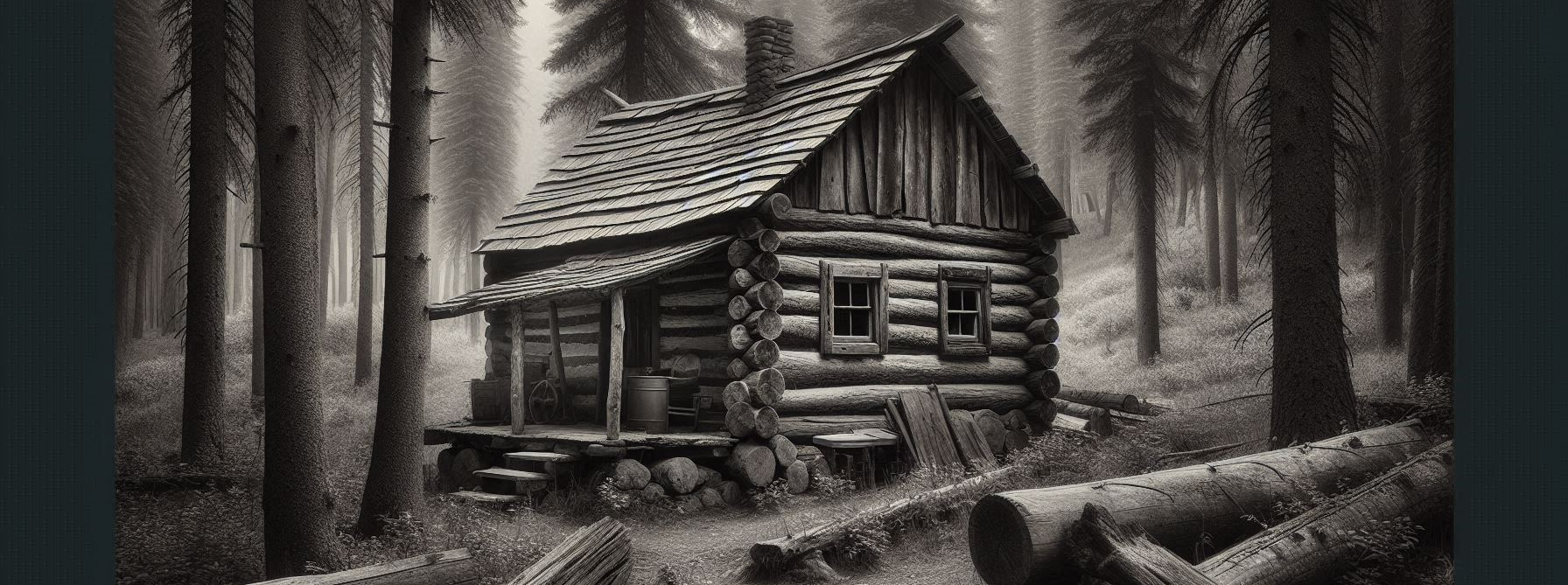I’m going to level with you: owning a cabin is a dream many share. It’s your own slice of paradise away from the hustle and bustle of city life. Yet, with remoteness comes a unique set of challenges when it comes to safety and security. Unoccupied for periods, a cabin can be an inviting target for intruders or susceptible to environmental elements.
In my opinion, it’s not just about protecting valuables; it’s about safeguarding a place that holds countless memories and future getaways. The lack of immediate law enforcement response in secluded areas elevates the importance of a reliable security setup.
Now, you might be thinking, what risks are we talking about here? Well, it ranges from theft and vandalism to natural disasters like fires or flooding – issues that can turn your tranquil haven into a source of stress.
That’s going to include not only tangible losses but also the emotional toll of repairing damaged property and the potential disruption of your peaceful retreat. Break-ins can lead to drawn-out insurance claims, property devaluation, and, most dangerously, can compromise your personal safety during future stays.
You’re going to find out about the strategic measures to increase the security of your cabin in the next section, ‘Establishing a Secure Perimeter: Protective Measures for Your Cabin.’ Here, I’ll delve into how to choose the right security systems, make the most of your surrounding environment, and engage with your community to protect your cherished getaway.
Establishing a Secure Perimeter: Protective Measures for Your Cabin
You’re going to find out just how pivotal a secure perimeter is for your cabin’s safety. Not all security systems are one-size-fits-all, especially when it comes to rural or isolated properties. The first step is assessing your cabin’s unique needs and selecting a security solution that caters to those demands. Think about visibility, access points, and the typical threats in your area. Does your cabin lie in the path of wildlife, or is it more at risk from potential trespassers?
There are many security systems available on the market today. I highly recommend the company below. It is not terribly expensive and will do the job you need for your cabin.
Now, don’t overlook natural deterrents. Strategically placed thorny bushes under windows or motion-activated floodlights can make a world of difference in deterring unwanted visitors. It’s not just about technological gadgets; sometimes, Mother Nature provides excellent security options. Combine this with cleaning up the surrounding area to reduce hiding spots, and you’ve boosted your first line of defense.
A strong community can be your ally in securing your cabin. If your cabin is in a remote area, having local contacts or being part of a neighborhood watch program is invaluable. These locals can keep an eye on your property when you’re not around and alert you to any suspicious activity. Plus, they can provide a wealth of local knowledge about the area’s safety patterns that you might not be aware of.
In my opinion, laying the groundwork with good perimeter security is essential before adding advanced technology. That being said, smart security devices are revolutionizing how we protect properties like cabins. I’m excited to show you how in the next section, where we’ll leap into innovative technology tailored for cabin safety. We’ll explore the ins and outs of remote monitoring systems, IoT devices, and how these can meld seamlessly with traditional security measures to create a fortress of solitude for your cherished retreat.
Innovative Technology for Cabin Safety: Harnessing Smart Devices
Now let’s shift gears and talk about how innovative technologies can play a pivotal role in securing your cabin. We’re living in an era where smart devices not only make life easier but also fortify our homes against unwanted intrusions and accidents.
Remote monitoring systems are at the forefront of cabin security. These systems allow you to keep an eye on your property from anywhere in the world. You’re going to find out about motion sensors, surveillance cameras, and alarms that work together to inform you of any suspicious activity in real-time.
Integrating Internet of Things (IoT) devices is another smart move. This includes everything from smart locks that can be controlled from your smartphone to lighting systems that simulate occupancy, deterring potential intruders. They can even alert you to smoke or carbon monoxide presence, adding an additional layer of safety.
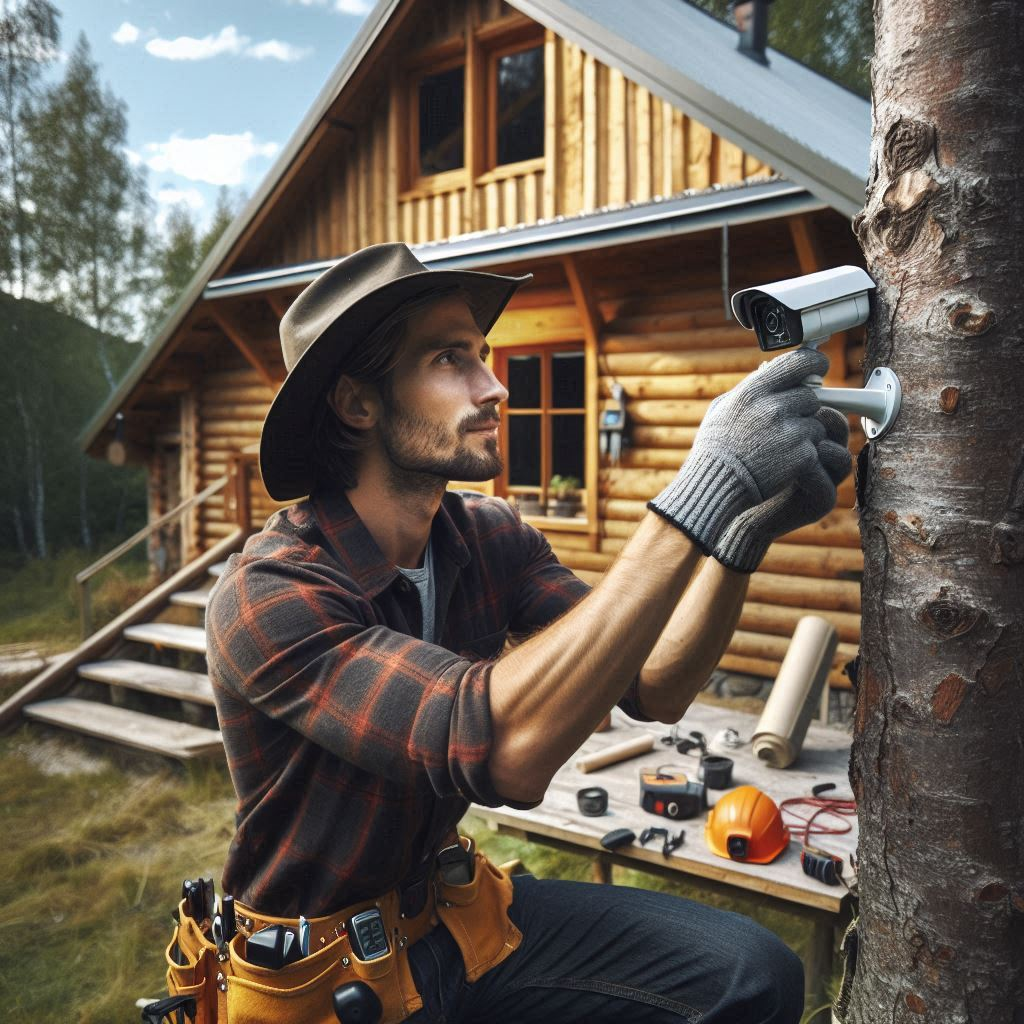
Despite the convenience, maintaining privacy is crucial. You can achieve this by securing your Wi-Fi network, using strong passwords, and understanding the privacy policies of each device. This ensures that your cabin remains a private sanctuary, even as you harness the power of technology to protect it.
As you ponder the integration of these smart technologies, consider how they’ll align with your emergency readiness strategies. In my opinion, tech-savvy safety measures don’t stop at prevention; they also ensure that when emergencies happen, you’re well-equipped to respond quickly and effectively.
Preparing for the Unexpected: Emergency Readiness and Response
You never know when an emergency might strike. Choosing to be proactive rather than reactive can make all the difference in maintaining the safety of your beloved cabin. That’s why having a detailed emergency plan is crucial. Whether it’s a natural disaster, medical situation, or utility failure, your cabin should be the sanctuary that stands resilient against the odds.
I have noticed since doing research for my articles here at Cabin Living Today, many types of generators are coming in a more compact size with the same power as the Big Guys.
The generator below is similar to the one I have. It takes both propane or gas and is plenty powerful enough to run most electrical items in your cabin. Click on the photo below for more information.
Next on your list should be a well-stocked supply cache. Include items like non-perishable foods, fresh water, first aid kits, flashlights, batteries, and backup generators. Think durability and longevity when selecting these items. You want resources that won’t fail you when you need them the most.
Finally, investing your time in educative endeavors pays off. Consider taking basic first aid courses, search and rescue workshops, or attending community meetings focused on local safety. Your knowledge and preparation could very well be the lifeline in an emergency for both you and others.
Remember, your first attempt at preparing doesn’t need to be your last. You can always adjust your approach as you learn what works best for your unique cabin situation. I really hope that you never have to face a serious emergency, but if you do, your future self will undoubtedly thank you for the steps you’re taking now.



